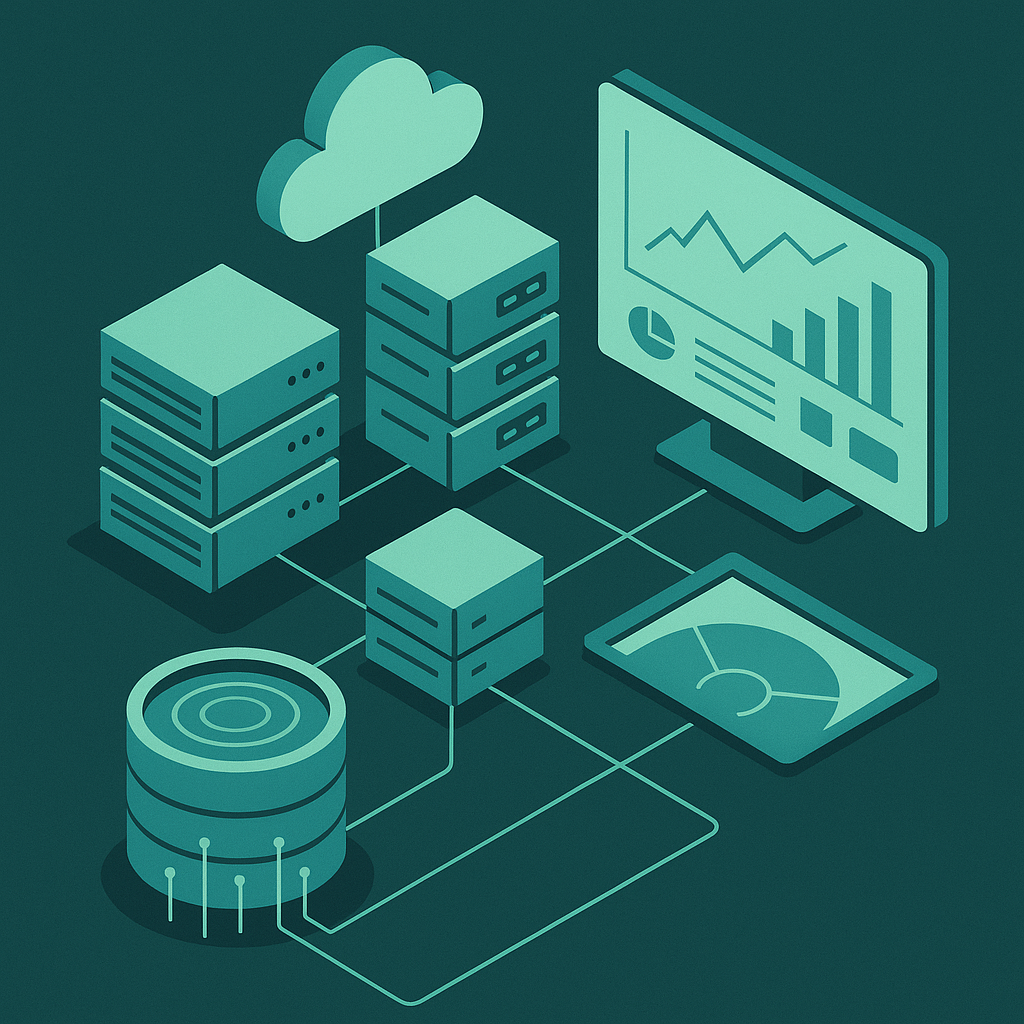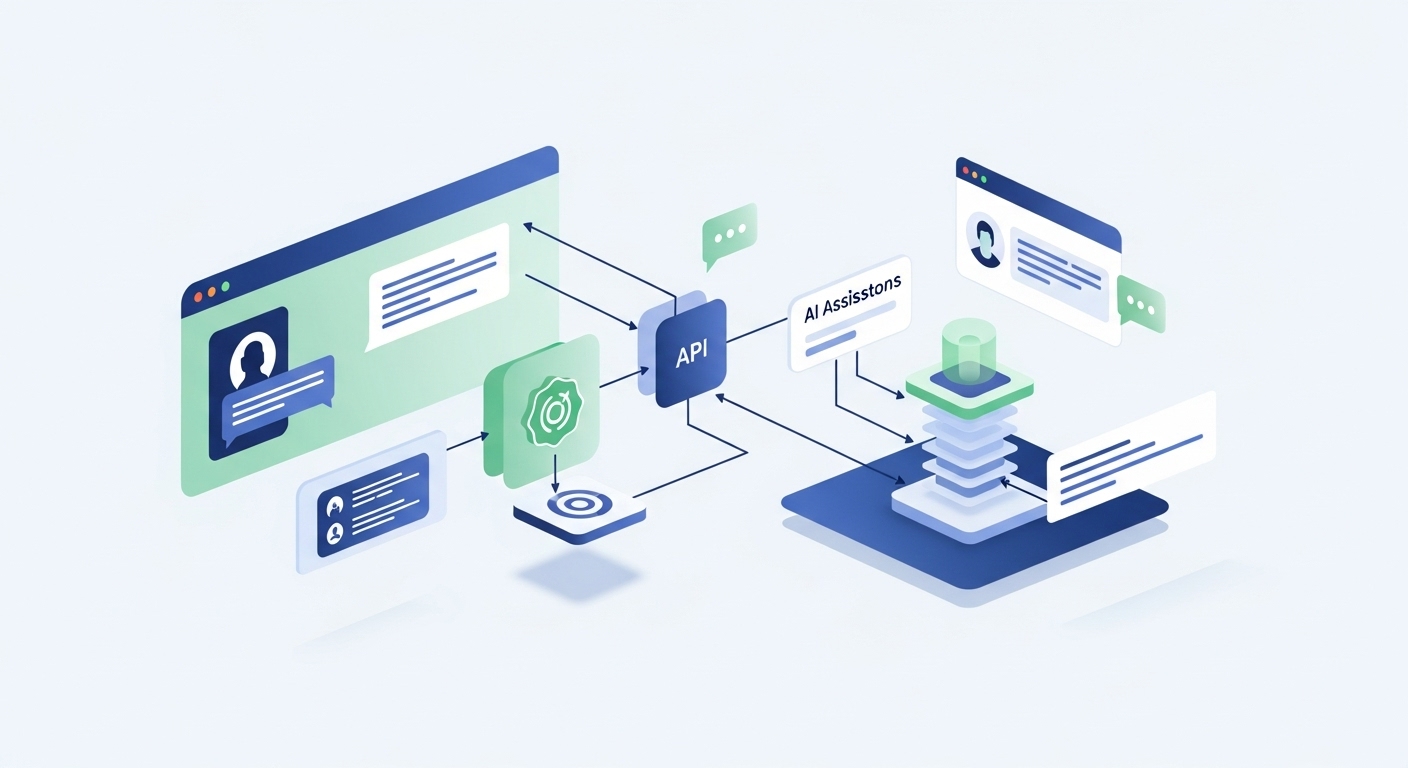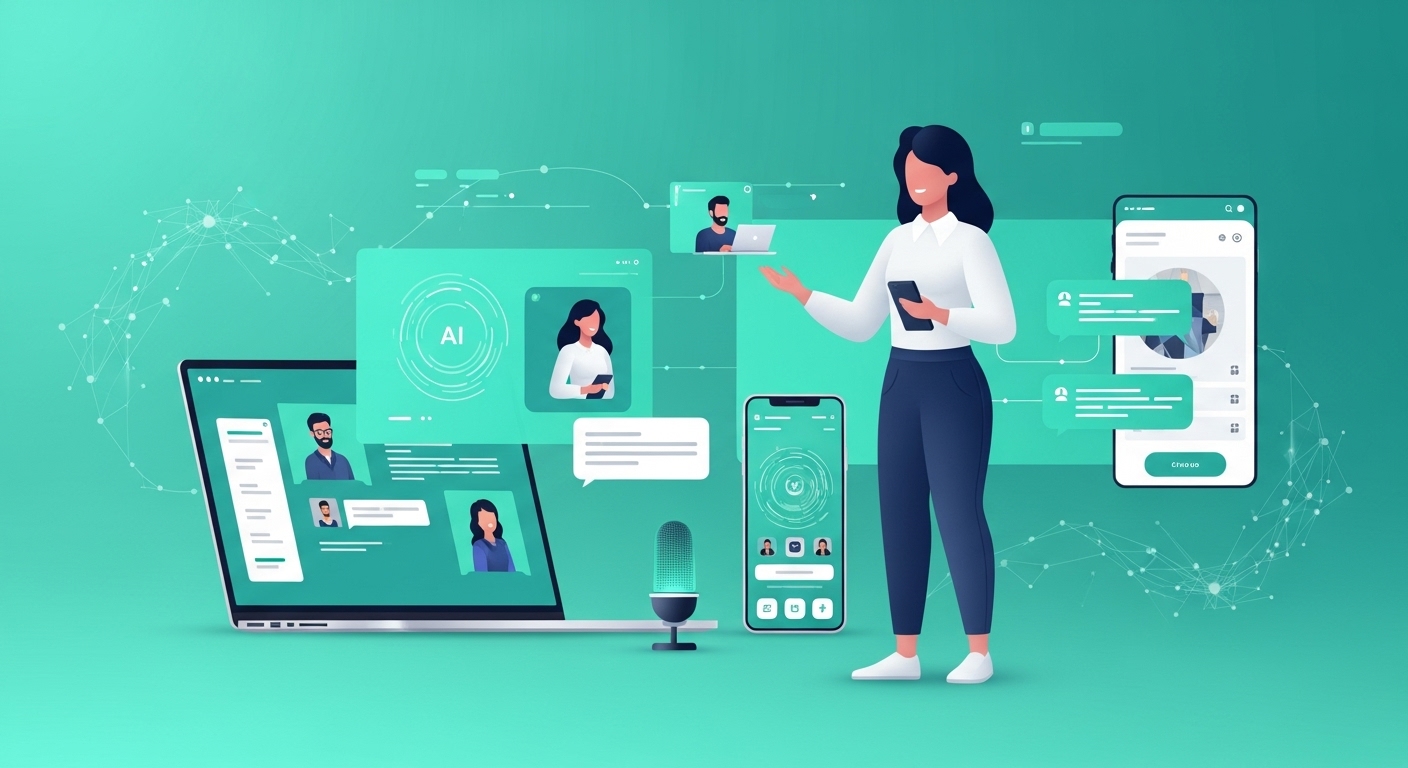What is data processing and how to do it right?
Data processing refers to the set of procedures that turn raw data into meaningful insights. It's a core capability for organizations that want to base decisions on evidence rather than intuition.

Today, every business—regardless of size or industry—generates data at an accelerating pace. But the value of that data hinges on how it's handled. Simply accumulating massive volumes of information doesn’t guarantee better decisions unless it's properly processed.
To put it simply, raw data says very little on its own. It’s like having puzzle pieces without the picture. Only through structured processing does data become actionable: enabling pattern recognition, identifying opportunities, anticipating risks, or validating business hypotheses.
Efficient data processing doesn’t just improve operations—it shapes strategy. It provides a clear view of the present and helps forecast future scenarios with greater confidence.
Key stages of data processing
While tools and approaches may vary depending on the business goal and technology stack, six core stages define a well-structured data processing flow:
1. Data collection
Everything begins with gathering information from reliable sources—internal systems, IoT devices, social platforms, marketplaces, or third-party providers. Data quality is heavily influenced by the integrity of this step.
2. Data preparation
This stage involves cleaning and organizing the data: removing errors, duplicates, incomplete values, or inconsistencies. Proper preparation is critical to prevent flawed inputs from distorting results downstream.
3. Data input or ingestion
Once cleaned, the data is ingested into destination systems—CRMs, data lakes, or analytics platforms. It’s converted into readable formats and safeguarded through security protocols.
4. Processing and analysis
This is the core stage, where statistical techniques, machine learning algorithms, or predictive models are applied. The goal: extract valuable insights to inform decision-making.
5. Output and interpretation
The processed data is translated into dashboards, charts, reports, or alerts. This enables teams to quickly interpret and act on the findings.
6. Data storage
Finally, data is stored securely for future use—supporting audits, historical analysis, or compliance with regulations such as GDPR or other data protection laws.
Types of data processing: which one suits your needs?
The right processing method depends on business goals, data volume, and required speed. Some approaches are suited for routine tasks, while others are built for critical, real-time applications.
Manual processing
Though largely outdated, manual methods are still used when human judgment or regulatory validation is required. However, they’re slow and error-prone, making them unfit for large-scale operations.
Batch processing
This method handles large datasets at scheduled intervals. It’s ideal for recurring tasks like billing, report generation, or end-of-month processing.
Real-time processing
Critical in time-sensitive contexts such as healthcare, security monitoring, or financial fraud detection. It requires systems capable of instant data analysis and response.
Online processing
Designed for platforms that require constant user interaction, like e-commerce or social media. It enables immediate actions based on user behavior.
Multiprocessing
Tasks are distributed across multiple processors to accelerate complex analysis. It’s a common standard in big data and advanced AI applications.
Statistical or research processing
Used to extract key metrics, test hypotheses, conduct market research, or assess impact. The strength lies in methodological rigor and its ability to turn data into deep knowledge.
Today’s technologies and challenges in data processing
Companies that excel at data processing hold a real advantage. They don’t just optimize workflows—they identify opportunities before the competition. But reaching that level requires the right infrastructure, talent, and strategic vision.
Leading technologies include cloud platforms like AWS, Azure, and Google Cloud, as well as analytical tools like Apache Spark, Hadoop, and TensorFlow. AI and machine learning frameworks also play a growing role, automating large portions of the analysis and decision-making process.
Edge computing is also gaining relevance, enabling data to be processed closer to where it’s generated. This reduces latency, which is critical in industries such as manufacturing, logistics, or energy.
However, major challenges remain. Data quality is a common pitfall—errors, redundancies, and gaps can undermine the entire pipeline. Integrating data from multiple sources and formats also demands robust, scalable solutions.
On top of that, regulatory compliance adds complexity. Organizations must ensure traceability, data privacy, and user consent—especially in heavily regulated sectors like finance, healthcare, or public services.
In this context, data processing becomes more than a technical task—it’s a strategic capability. Organizations that invest in strengthening it don’t just improve operations; they transform how decisions are made.
Turn your data into real decisions
At 2Brains, we help organizations transform analytical potential into real-world results. It’s not just about collecting data—it’s about turning it into fast, secure, and well-informed decisions.
Let’s talk if you’re ready to take your data strategy to the next level and gain a sustainable competitive edge.


